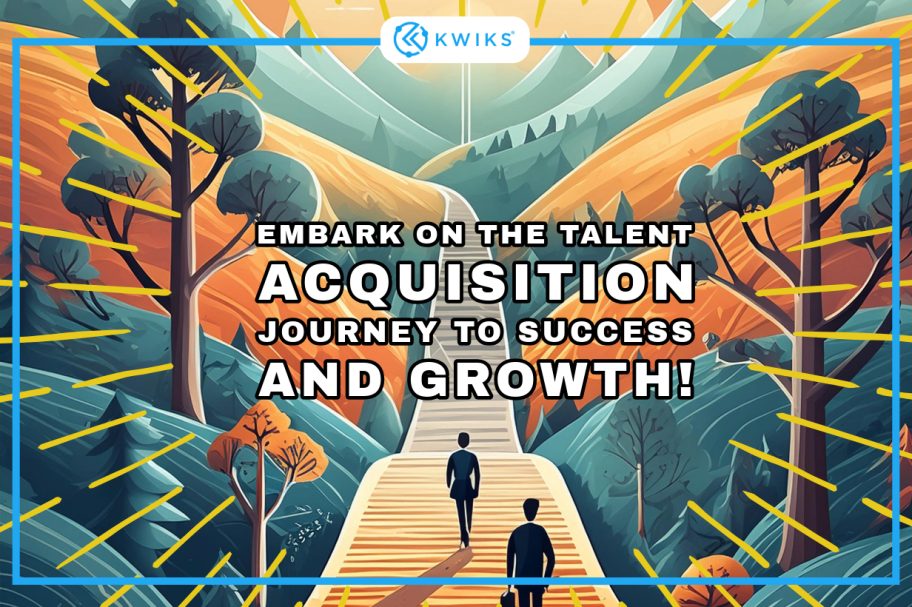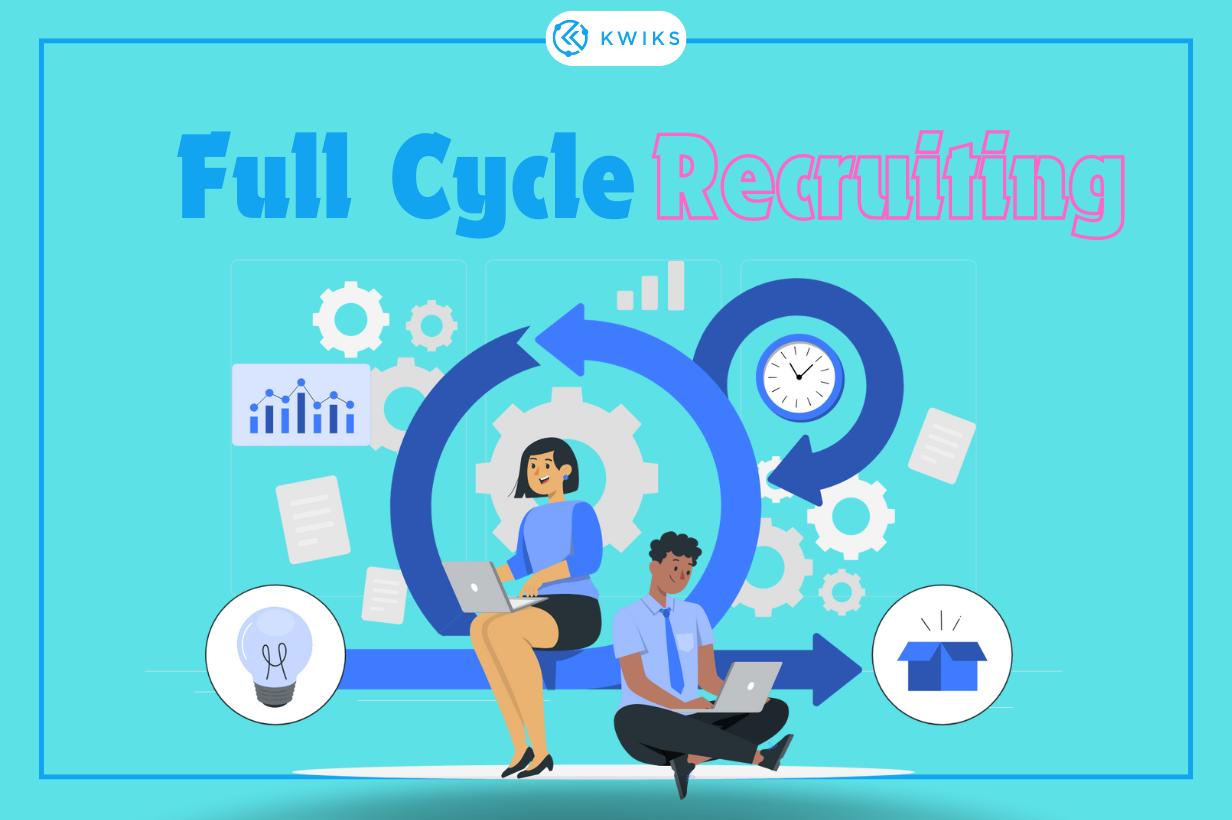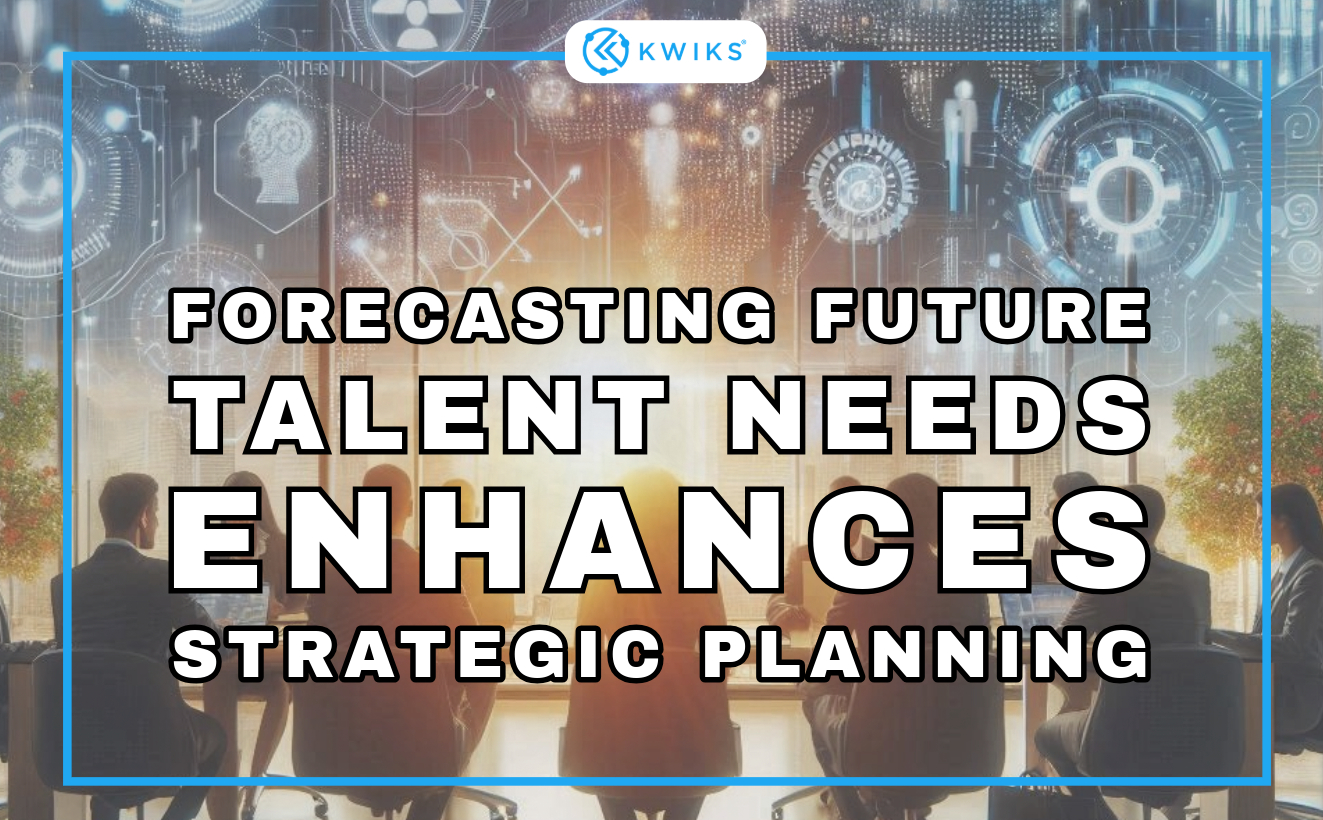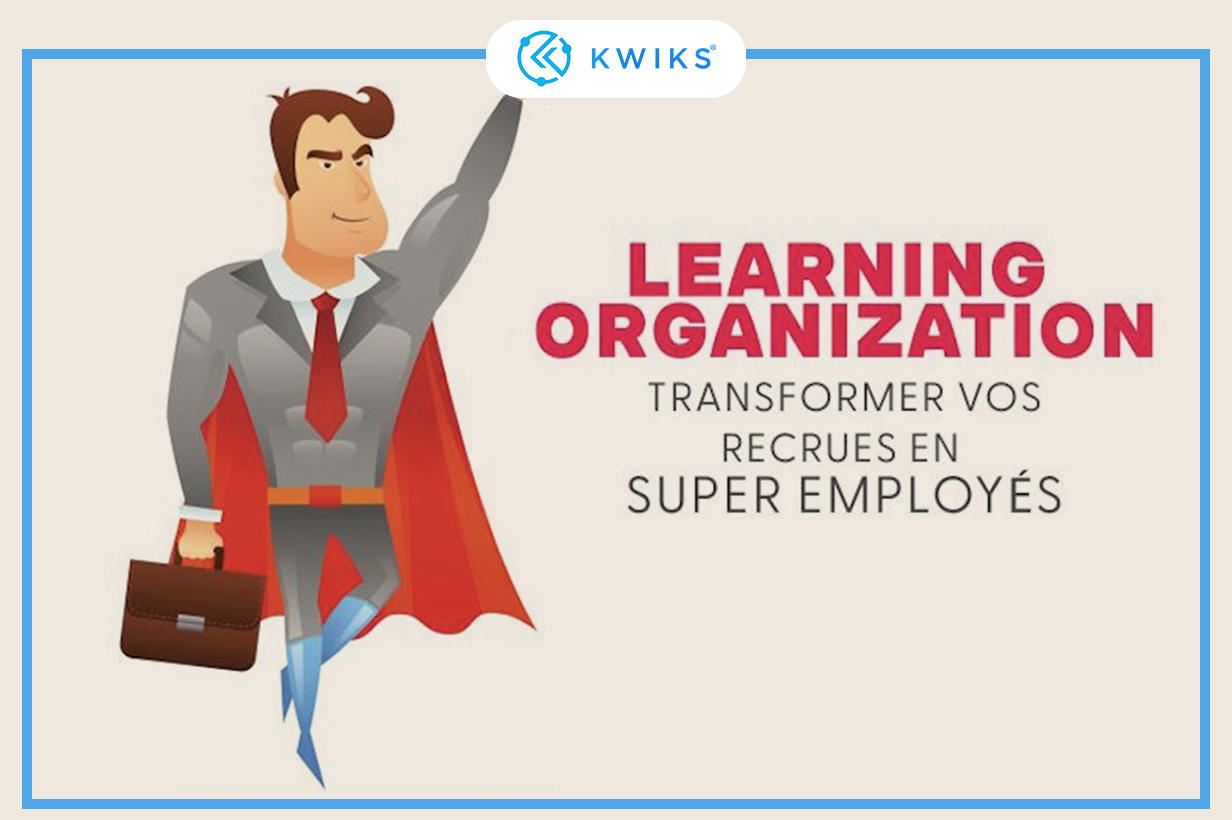
Recruitment vs. Talent Acquisition: What’s the Real Difference?
- kwiks
- June 26, 2024
In today’s competitive job market, businesses are constantly seeking the best talent to drive their success. However, the terms “recruitment” and “talent acquisition” are often used interchangeably, leading to confusion about their meanings and implications. In this article, we’ll delve into the nuances of recruitment and talent acquisition, exploring their differences and importance in modern HR strategies.
Understanding Recruitment and Talent Acquisition:
- Recruitment: Recruitment is the process of actively sourcing, attracting, and hiring candidates to fill immediate job openings within an organization. It focuses on filling specific positions quickly and efficiently.
- Talent Acquisition: Talent acquisition, on the other hand, is a more strategic approach to identifying, attracting, and nurturing top talent for future organizational needs. It encompasses a broader scope, including workforce planning, employer branding, and long-term talent development.
Key Differences:
- Scope: Recruitment is transactional, focusing on filling individual job vacancies, while talent acquisition takes a holistic approach, considering the organization’s long-term talent needs and strategic goals.
- Time Horizon: Recruitment is often reactive and short-term, addressing immediate hiring needs, whereas talent acquisition takes a proactive and long-term view, building a pipeline of qualified candidates for future roles.
- Strategy: Recruitment relies on traditional methods such as job postings and resume screening, while talent acquisition employs a strategic mix of sourcing, employer branding, and candidate relationship management to attract and retain top talent.
Importance in Modern HR:
- Recruitment plays a vital role in fulfilling immediate staffing needs and maintaining business continuity, but talent acquisition is crucial for organizations looking to gain a competitive edge in the market by securing top talent.
- Talent acquisition aligns HR practices with business objectives, ensuring that organizations have the right people in the right roles to drive innovation, growth, and success.
- By adopting a talent acquisition mindset, organizations can proactively identify and nurture high-potential candidates, reducing time-to-hire, minimizing turnover, and enhancing overall workforce quality.
Implementing Effective Strategies:
- To excel in recruitment, organizations should invest in streamlined processes, effective candidate screening tools, and a positive candidate experience.
- For successful talent acquisition, organizations should focus on employer branding, building talent pipelines, fostering talent communities, and implementing robust workforce planning strategies.
In conclusion, while recruitment and talent acquisition share the common goal of sourcing and hiring top talent, they differ significantly in scope, approach, and strategic impact. By understanding these differences and investing in both recruitment and talent acquisition strategies, organizations can build a strong foundation for attracting, retaining, and developing the best talent to drive long-term success.












